Dog noses are tens of thousands of times more sensitive to smells than our own, so it makes sense that they would definitely be affected by aromatherapy. But what scents are good to use for your dog? Below is a list compiled by Elyse Horvath, owner of Natural Paws that includes not only the psychological benefits but the physical as well. Remember to talk to your vet and/or certified dog trainer/behavior specialist when trying therapy for behavior or medical problems.
#1 – Kerry Blue Terrier
We only have legends when it comes to how this cute breed was developed. It is believed they were created by the Irish peasants to use as a hunting dog when the Irish Wolfhound was reserved for nobility. It is speculated that they bred the wolfhound to a smaller terrier, but no one knows which one for sure. (www.kerryblues.com)
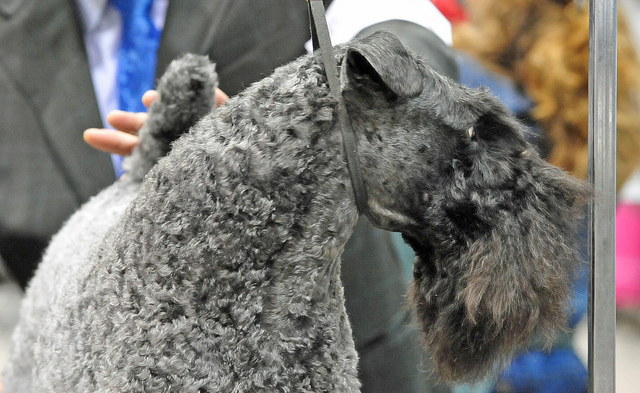
#2 – Irish Setter
There is something undeniably stunning about the red, glossy coat of the Irish setter. They are a great family dog, which may be one of the reasons they are the most popular of the Irish breeds, according to AKC registration numbers.
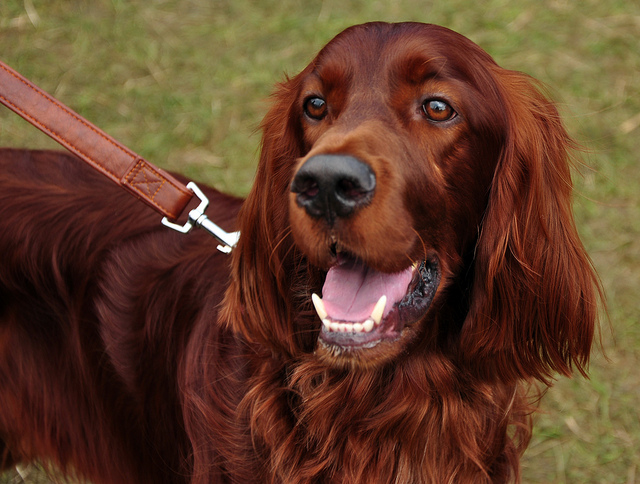
#3 – Irish Red and White Setter
When you hear “Irish Setter” the solid red dog pictured prior is what comes to mind. However, the red and white setter is actually believed to have been the first, with the solid red being the result of specific breeding.
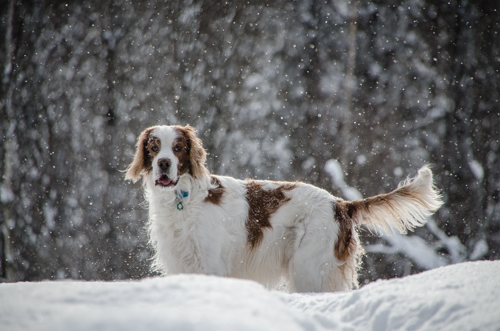
#4 – Irish Terrier
They might very well be the oldest of the terrier breeds, but there is not enough documentation to prove that for sure. Looking for a training challenge? He is known for making his owners work very hard to train him. The Irish Terrier may be hard to train, but he is also very intelligent and courageous—several were used as a messenger dog in the trenches of World War I. (www.irish-terriers.info)
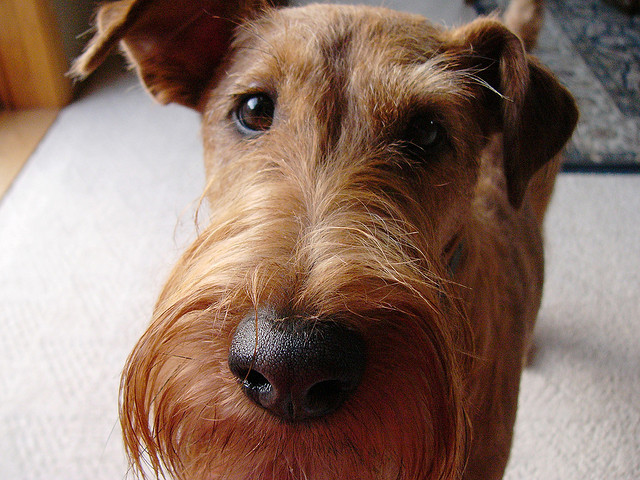
#5 – Irish Water Spaniel
Sometimes confused with the Portuguese Water Dog, the Irish Water Spaniel sports that adorable curly coat similar to other water dogs. Like most of the Irish breeds, their origins are not clear, but they were definitely developed from two, now-existent spaniel-type dogs. In 1859, Justin McCarthy and his dog Boatswain are credited for solidifying the breed’s type that we see today. (www.iwsca.org)
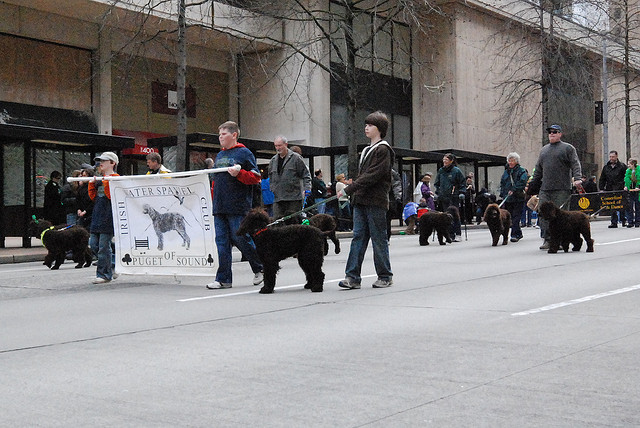
#6 – Irish Toy Collie
You won’t see this breed at any dog show in the United States, as it is a relatively new breed currently only registerable through its own founding registry, Irish Toy Collie International. The breed is derived from small Spitz breeds, Shetland Sheepdogs, and other related herding breeds, according to the registry’s site. (http://irishtoycollie.homestead.com)
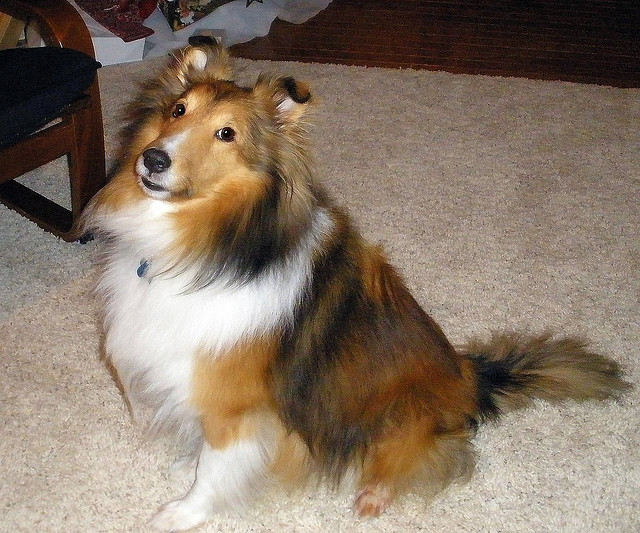
#7 – Irish Wolfhound
The Irish Wolfhound is a dog made of legends, from tales about Cuchullain (Culand’s Hound), to their use in battles, one thing is for sure, the Irish wolfhound left an impression on anyone that saw them. Accounts of the Irish “cu” or hounds, can be found in English, Roman, Icelandic, etc., histories. In the early times, they were reserved for nobility only. (www.irishwoflhounds.org)
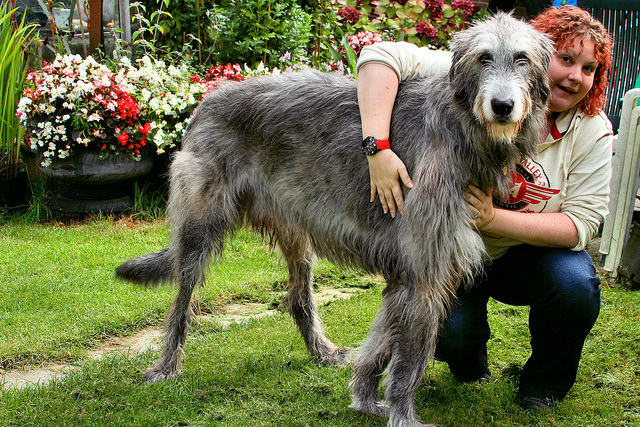
#8 – Soft-coated Wheaten Terrier
Developed as an all-around farm dog for the poor farmer, the wheaten shares a history with the Irish and Kerry Blue terriers. They are one of the few non-herding breeds that are eligible to compete for herding titles in the American Kennel Club trials.
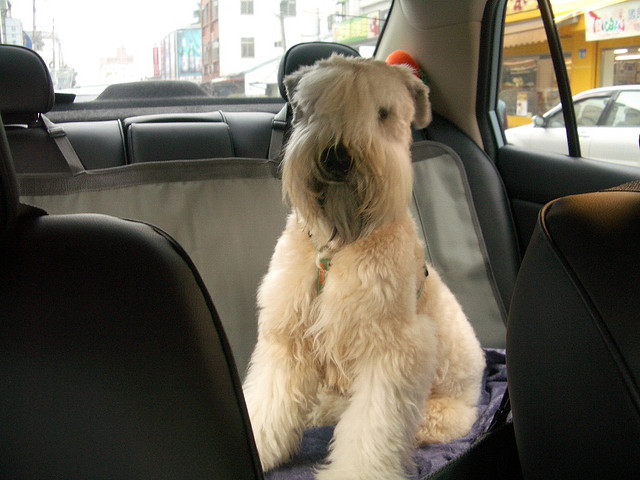
#9 – Kerry Beagle
Another breed you may not be familiar with, the Kerry Beagle looks like a mix between a beagle and a coonhound. Ironically, no one knows why it’s called a “beagle” as they are, in fact, a hound. It is believed they are a descendant of the Celtic Hounds – an almost mythical dog that is depicted in Celtic art and jewelry and may have been a Greyhound, Scottish Deerhound and/or the Irish Wolfhound. (www.wikipedia.org)
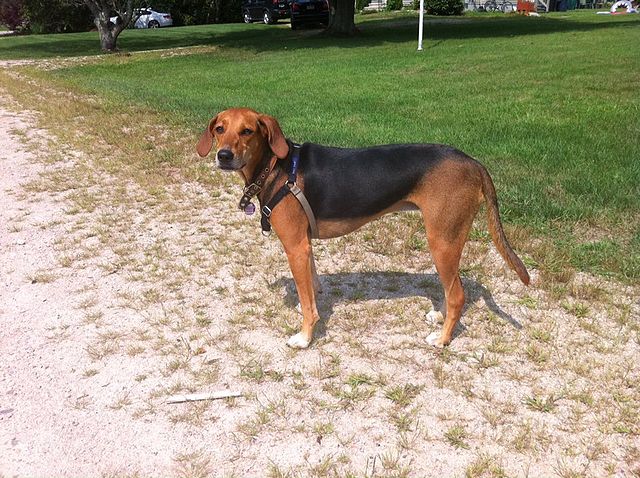
#10 – Glen of Imaal Terrier
This adorable terrier is named for a valley in the Wicklow Mountains, the Glen of Imaal. It is believed the breed was developed in this remote part of Ireland. They were recognized by the Irish Kennel Club in 1934, but were not recognized by the American Kennel Club until 2001 when it first appeared in the “miscellaneous class.” It was finally put in the AKC terrier group in 2004. (irishglens.com)
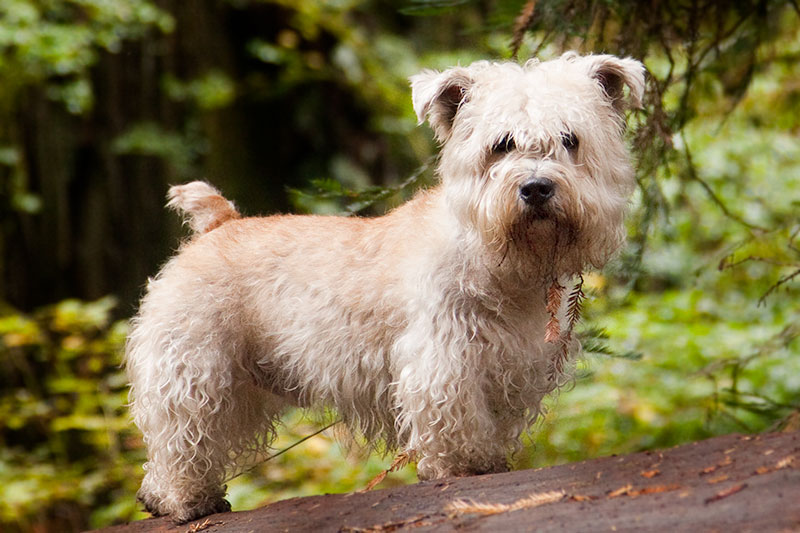
 Toledo, United States.
Toledo, United States.
